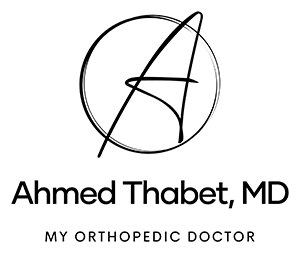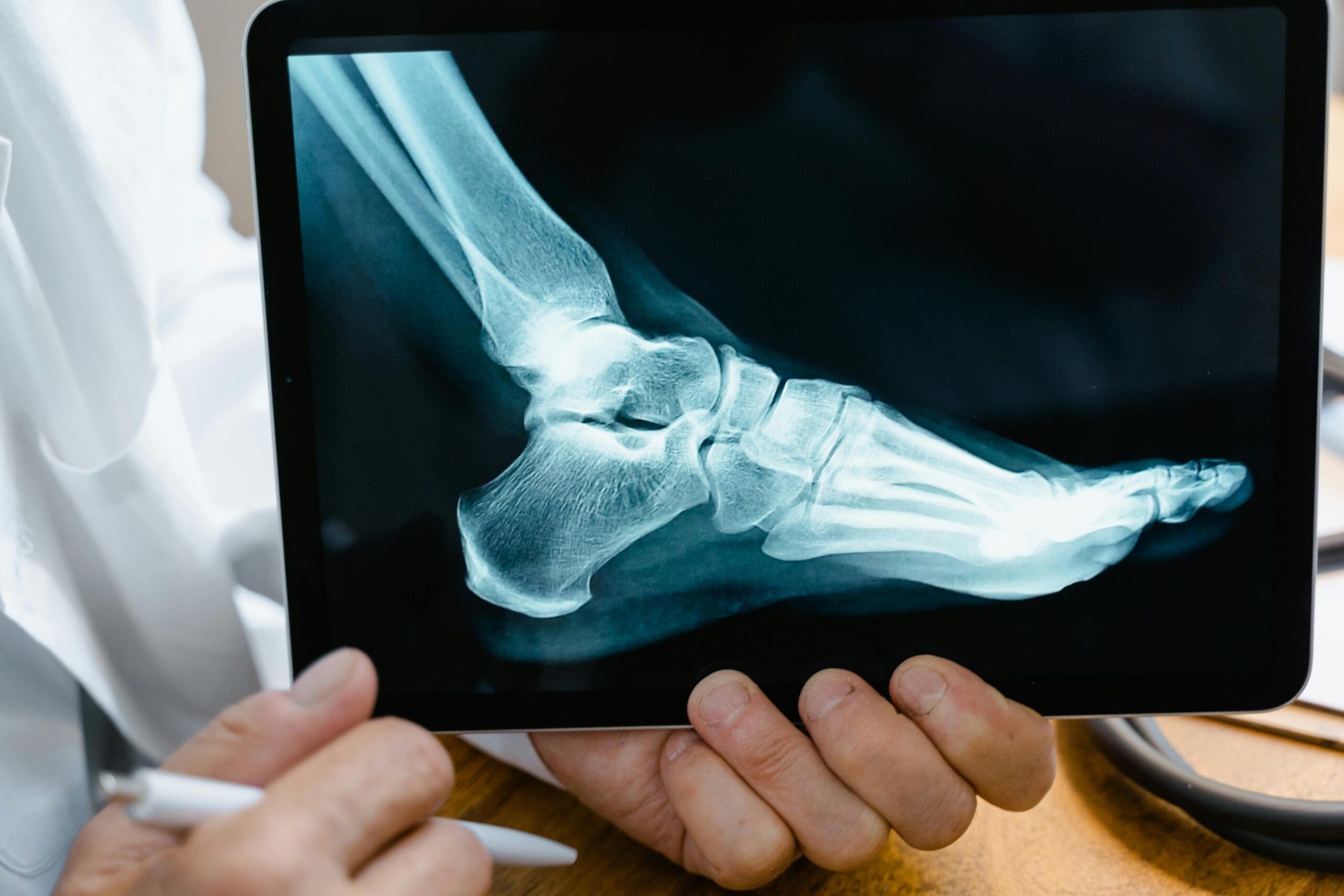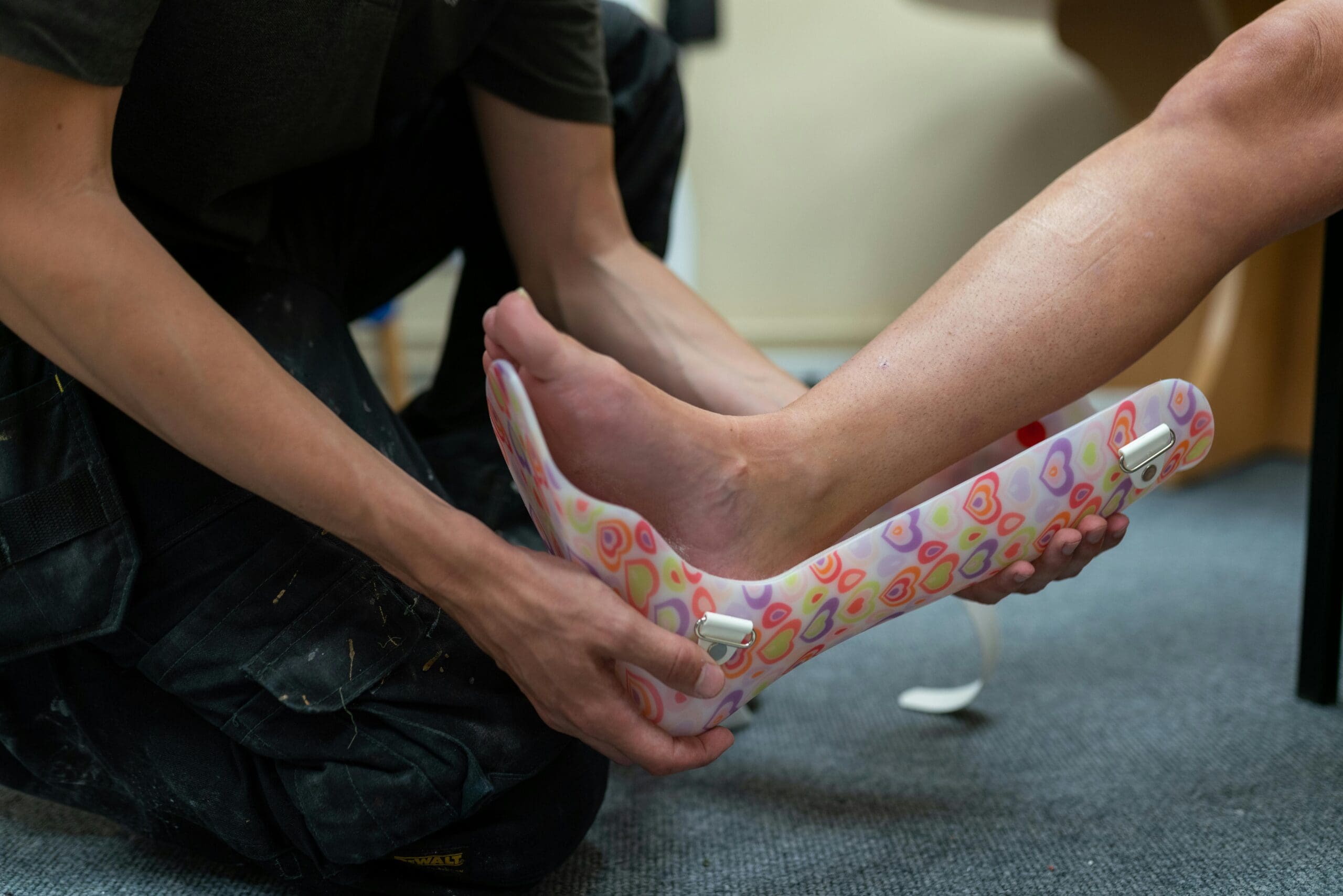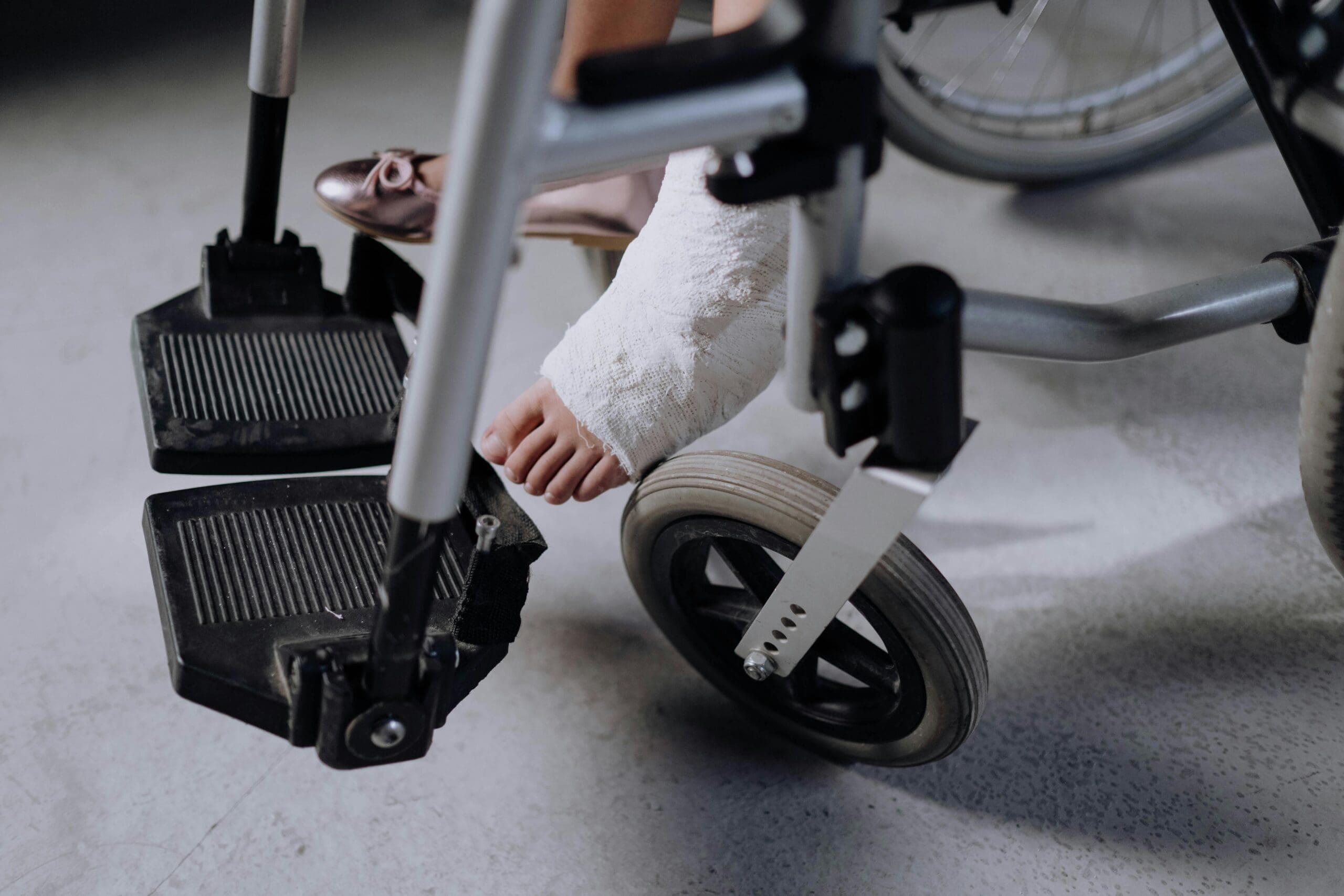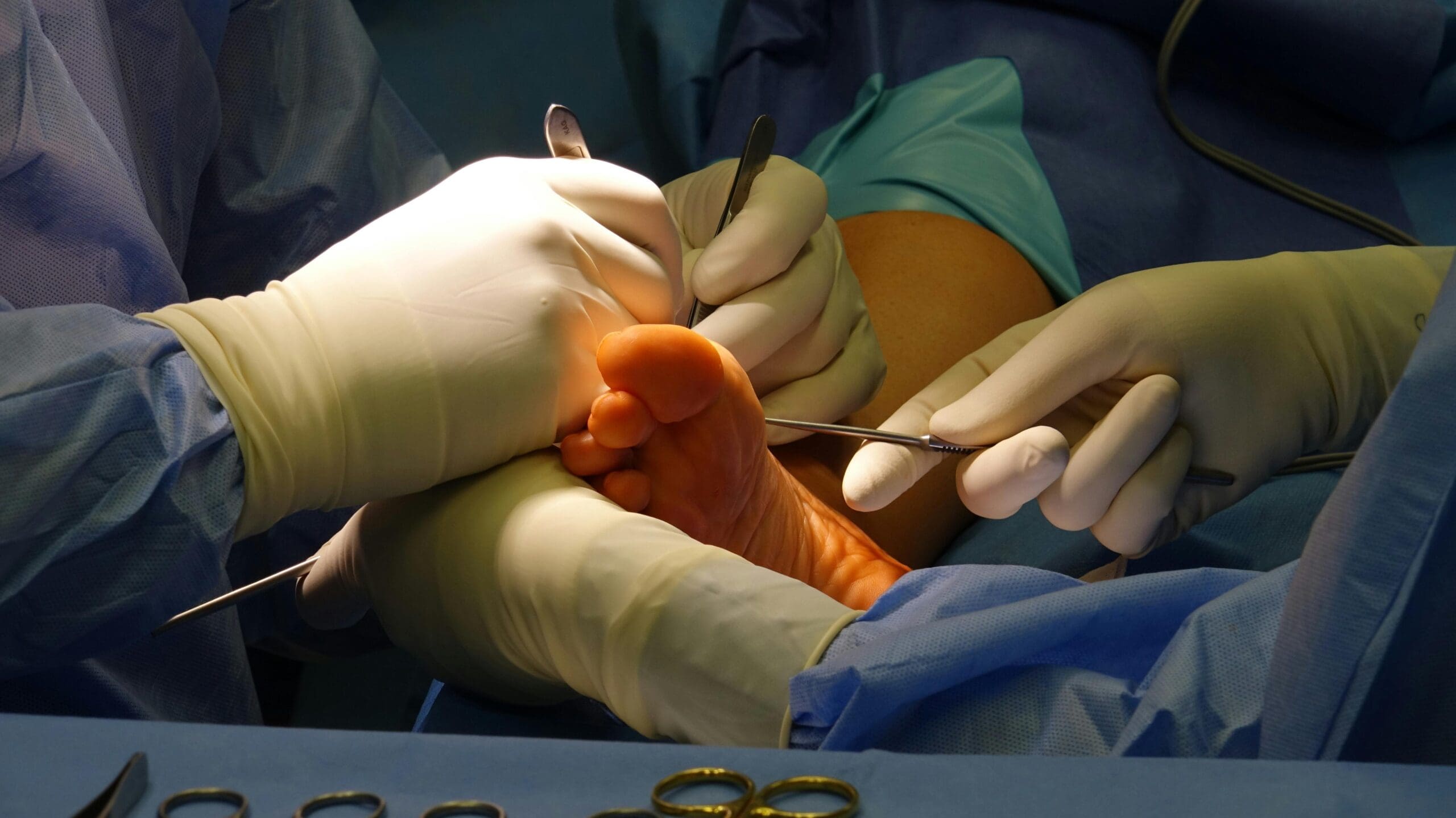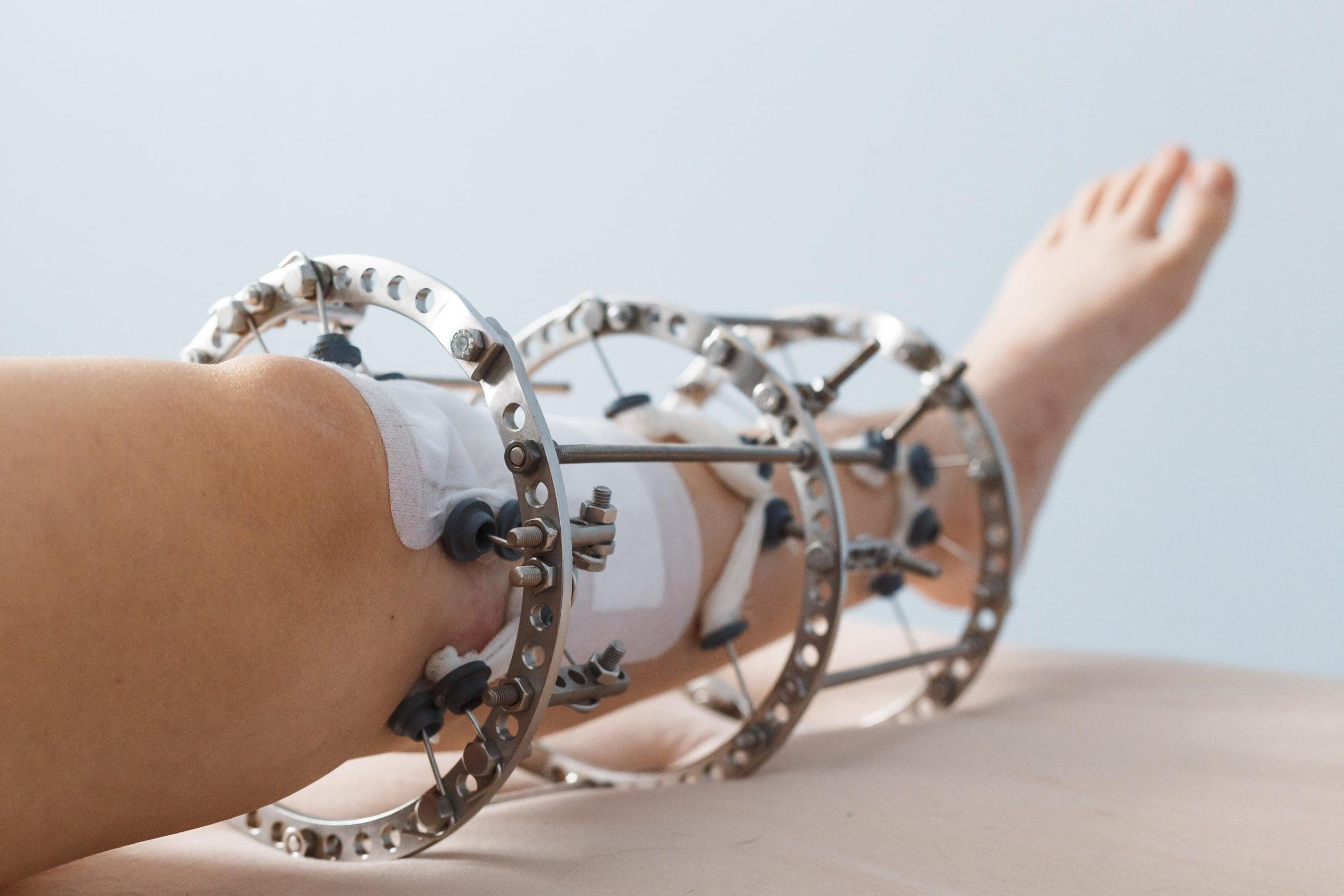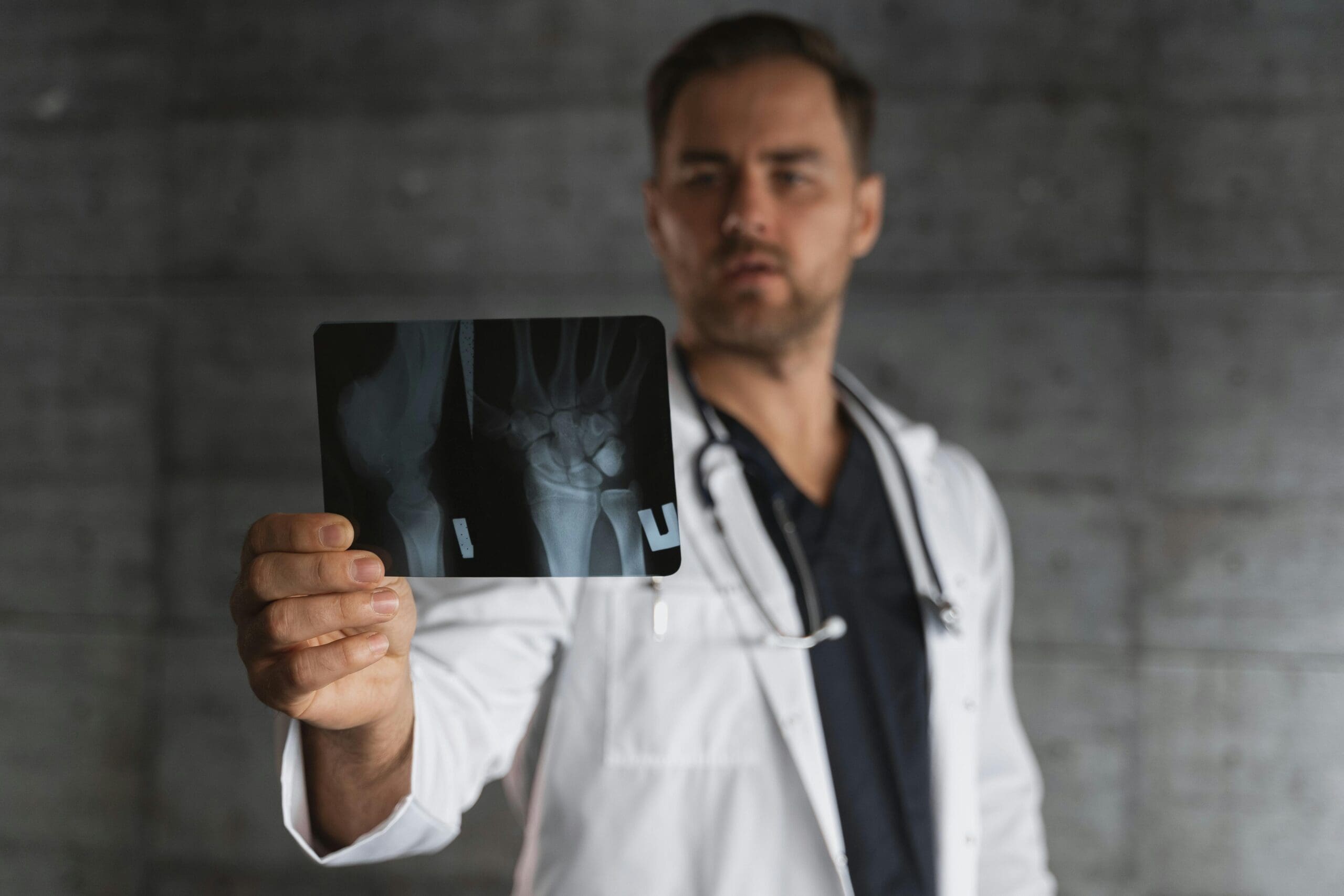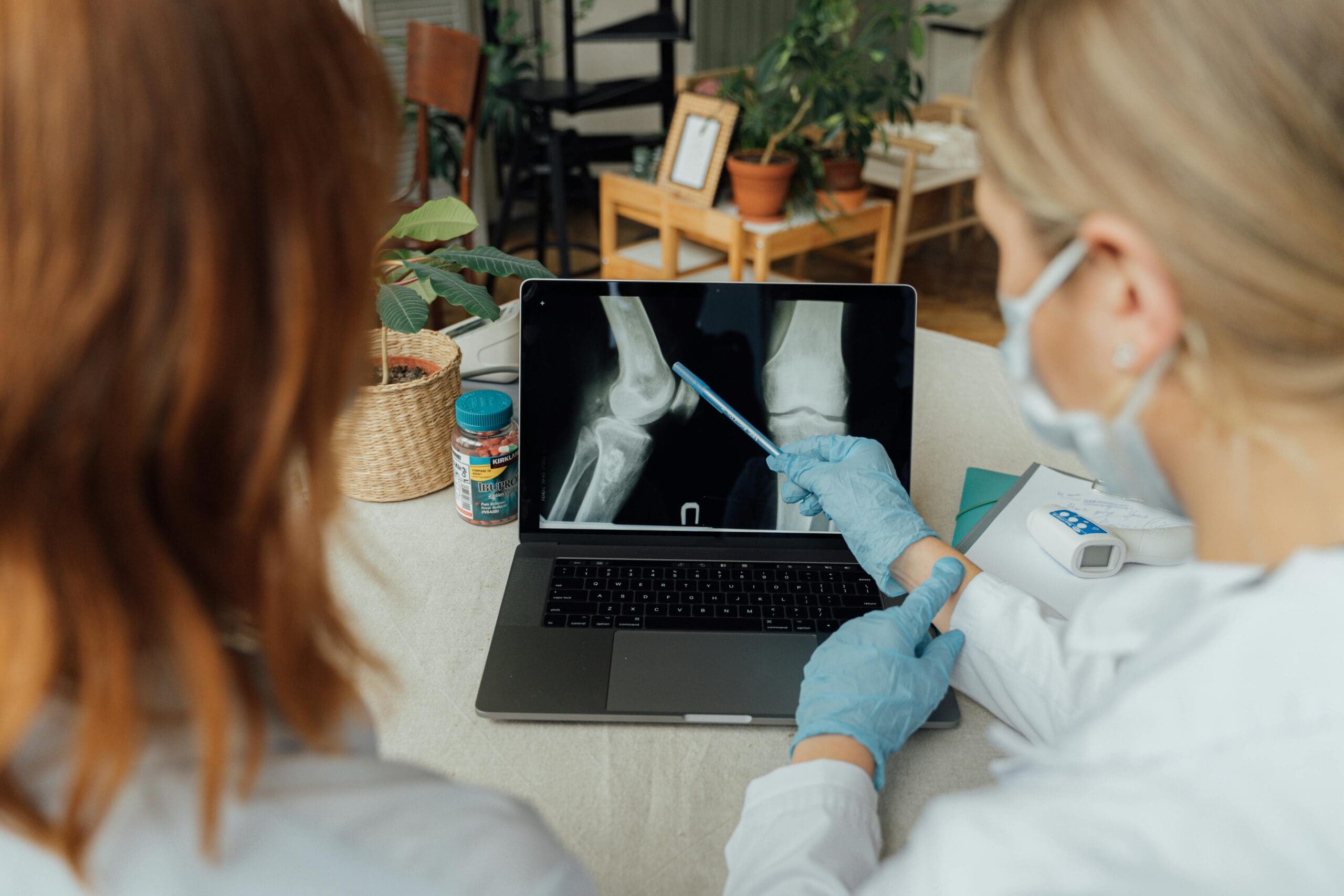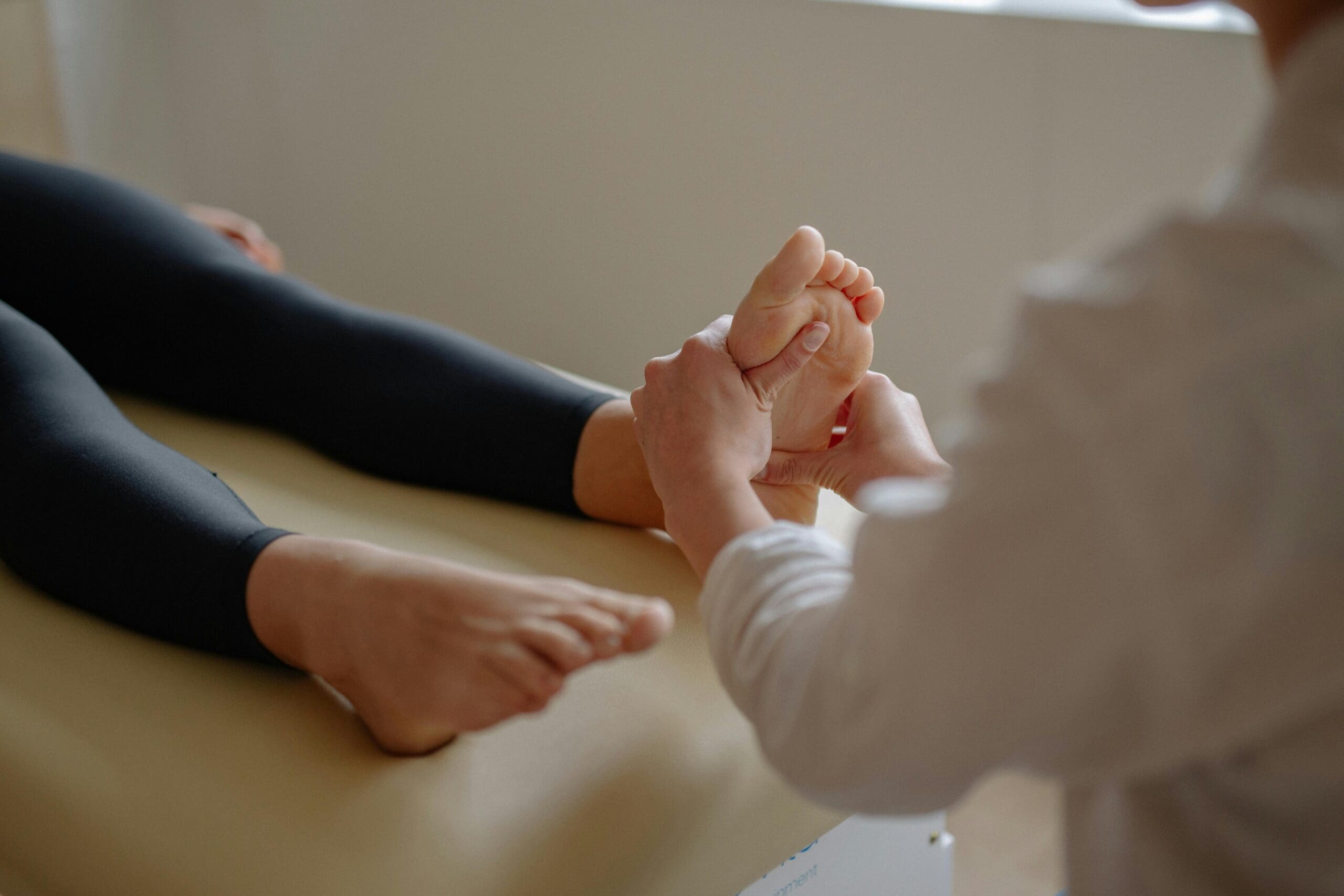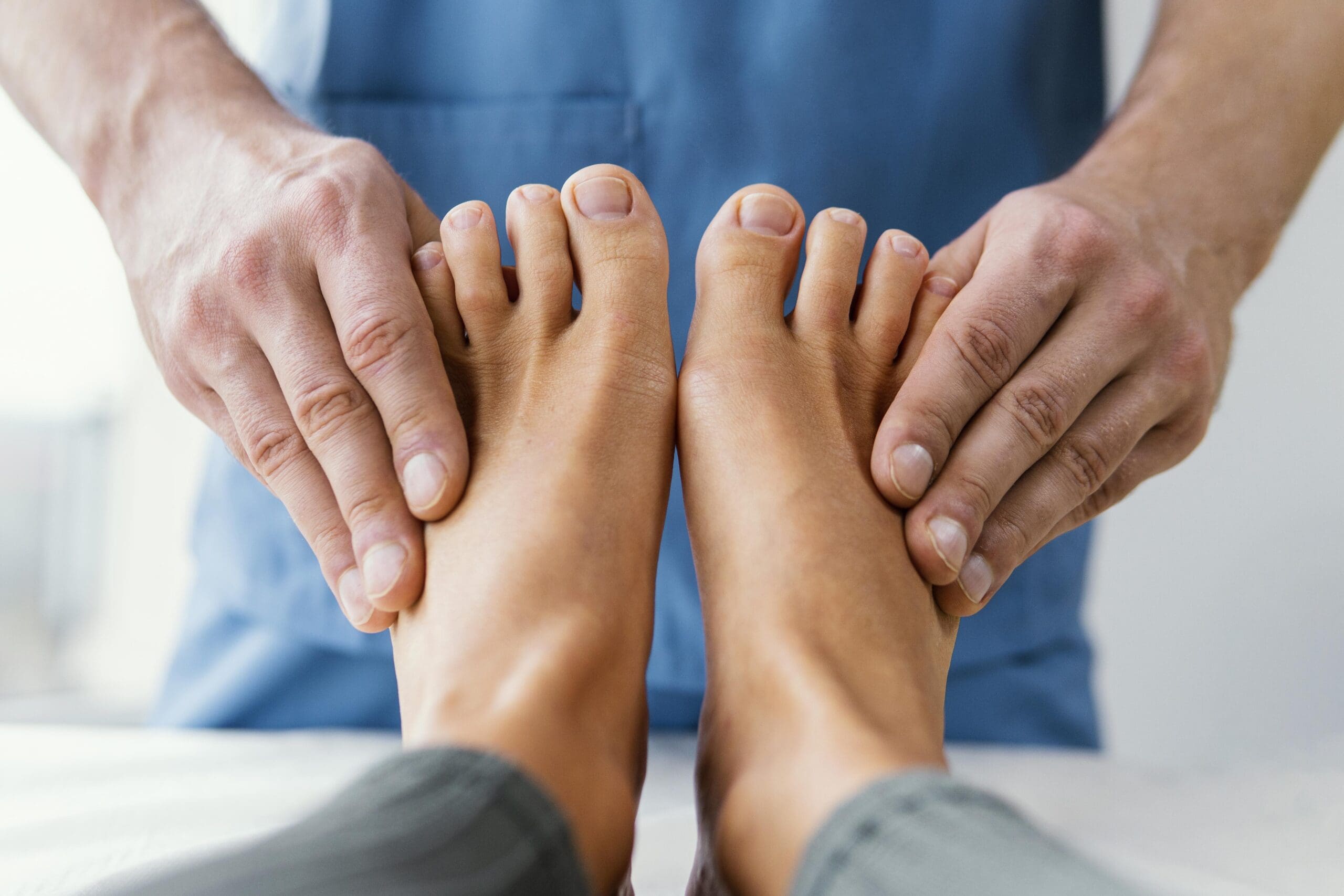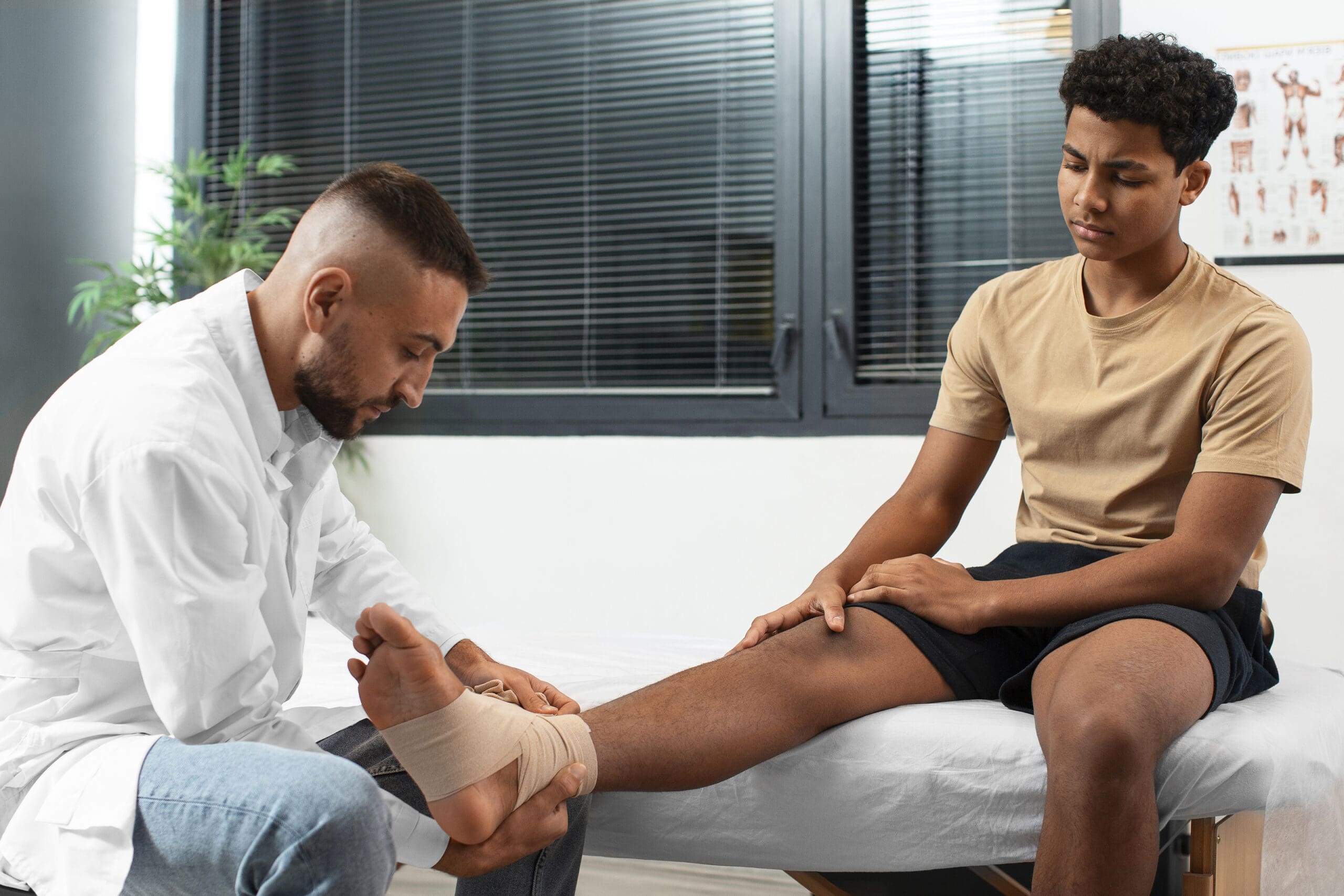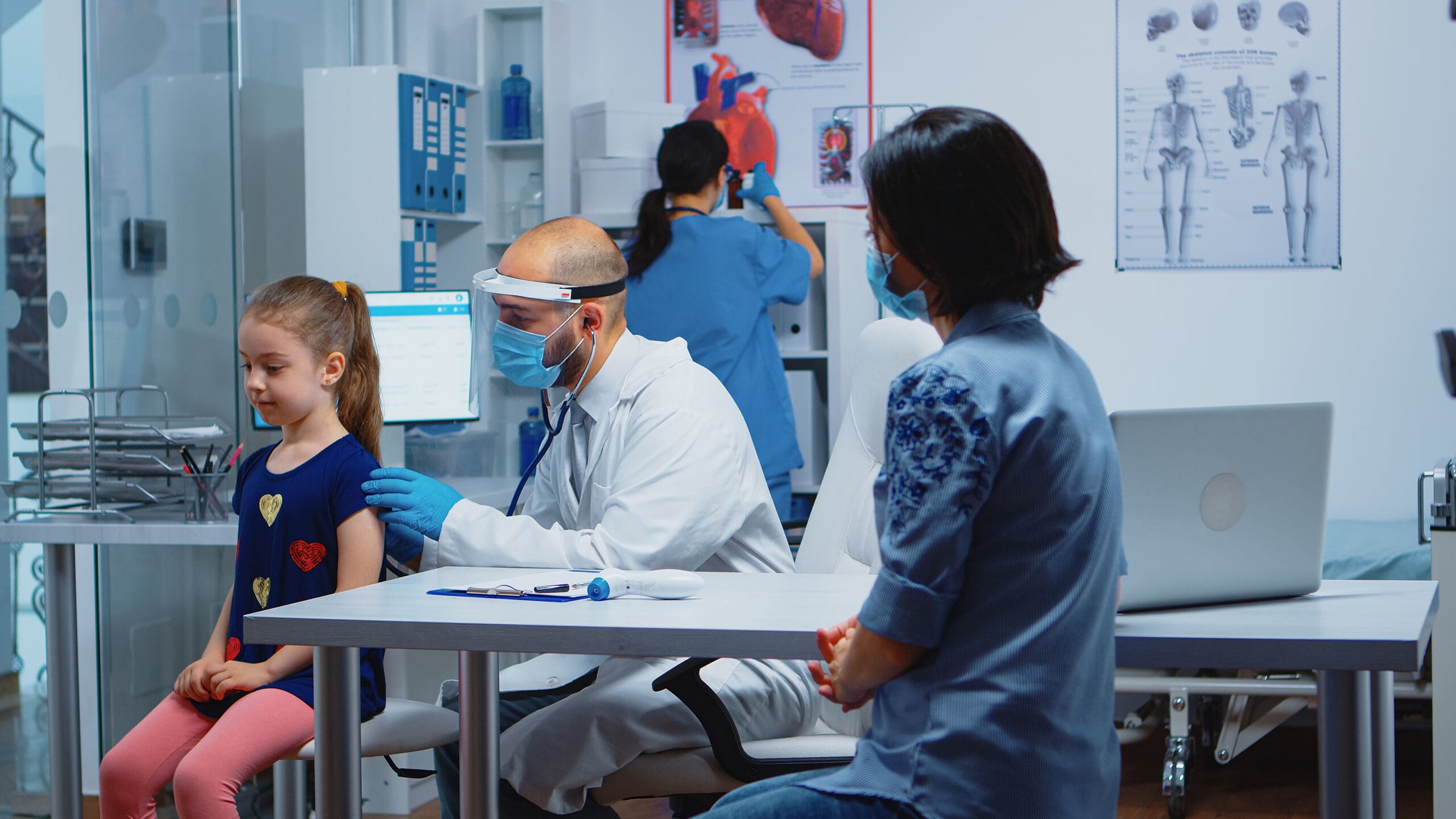Limb injuries and bone deformities can interfere with walking, movement, and day-to-day function. Some are present at birth, while others develop after trauma, infection, or surgery.
The Ilizarov technique offers a highly specialized approach to correcting deformities, stabilizing fractures, and rebuilding bone where it has been lost.Dr. Ahmed Thabet brings advanced training for deformity correction and bone reconstruction surgery to patients of all ages. His approach combines innovative technology with individualized care to restore function, support healing, and improve treatment outcomes, even in the most complex cases.
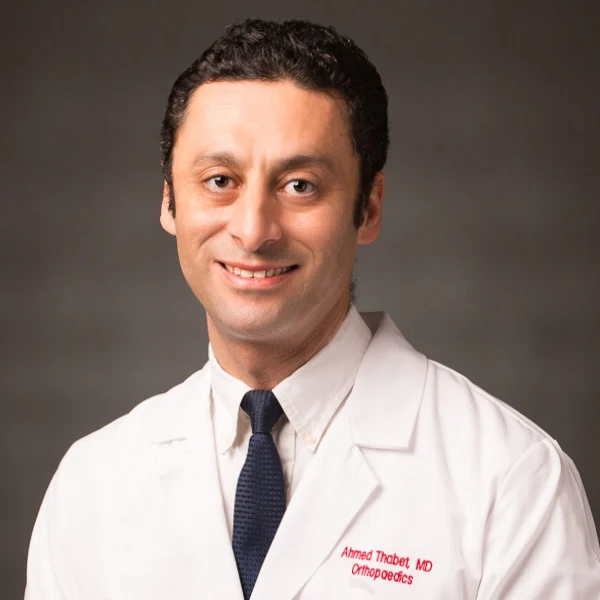
Dr. Ahmed Thabet Hagag sees patients in Angleton, TX and throughout the greater Houston area.
What Is the Ilizarov Technique?
Originally developed by Dr. Gavriil Ilizarov, this technique involves the use of a circular external fixator fixed to the bone with tensioned fine wires to gradually move bone segments into the proper position.
It is widely used for tibial fractures, segmental bone loss, and tibial nonunions, as well as complex foot and limb deformities and conditions involving the ankle joint.
This form of external fixation technique supports bone formation through a method called distraction osteogenesis, where a bone is surgically cut and then slowly separated over time to stimulate new growth.
Because the process unfolds over weeks or months, it allows for gradual correction while protecting surrounding soft tissues and joints.
Newer versions of the Ilizarov fixator, such as hexapod external fixators, have further improved precision and ease of use. These devices are equipped with computer-assisted software that helps guide the adjustment process, allowing surgeons to make highly accurate, multidirectional corrections.
By integrating computer planning with mechanical control, hexapod systems provide a powerful tool for deformity correction, especially when working with intricate cases involving the limb axis, rotation, and angulation.
What Conditions Can It Help Treat?
The Ilizarov method is a valuable option in the clinical practice of orthopedic surgery for patients with:
- Poorly healed or misaligned tibial fractures.
- Large areas of missing bone or bone defects.
- Limb lengthening.
- Chronic bone infections or deep infections.
- Long bone nonunion including tibia, femur, radius, ulna, humerus nonunions or other complications from failed surgeries.
- Deformities in children e.g congenital limb deficiency including, congenital short femur, fibular hemimelia caused by congenital conditions or trauma like nonunion, malunion, bone infection or limb shortening.
- Complex foot deformities including relapsed clubfoot, charcot foot deformities, brachymetatarsia affecting mobility and function.
In some cases, the Ilizarov method is paired with other procedures that help stabilize the bone or encourage healing, depending on the complexity of the condition and patient needs.
How the Process Works
Let us take the example of a complex tibial fracture that has not healed properly. The Ilizarov technique can be used to correct the alignment, stabilize the leg, and encourage healthy bone regeneration.
- Preoperative phase: A thorough assessment is performed to determine if the Ilizarov technique is appropriate. This includes patient consultation, detailed physical examination, imaging studies, and surgical planning using preoperative software such as the Bone Ninja app.
- Surgical phase: After evaluating the fracture, a controlled cut (osteotomy) is made in the tibia near the site of deformity or nonunion. The area is carefully prepared to protect surrounding soft tissues and the ankle joint.
- Frame application: A circular external fixator is applied around the leg and attached to the bone with thin wires and pins. This fixator allows for multiplanar adjustments.
- Distraction phase: Over the following weeks, the device is adjusted in small increments, typically 1 millimeter per day. This slow, steady movement separates the bone ends or segments, creating space for bone formation.
- Consolidation phase: As new bone fills the gap, the frame remains in place to provide stability while the tissue hardens. This stage may take several weeks to months, depending on the patient’s age, overall health, and the size of the gap.
- Recovery monitoring: Throughout the treatment, Dr. Thabet monitors for signs of infection, mechanical issues, or joint stiffness, and makes adjustments as needed to support optimal healing and avoid complications after treatment.
- Device removal: This will be performed in the office or in the operating room (varies from patient to patient).
Why This Technique Stands Out
Patients benefit from several key advantages when treated with the Ilizarov method:
- Ability to treat the most complex orthopedics condition that can’t treated with other treatment options.
- Allows for correction in multiple planes: length, angulation, and rotation.
- Promotes high rates of bone union, even in previously failed cases.
- Reduces the need for large incisions or aggressive surgical exposure (minimal invasive approach).
- Accommodates both pediatric and adult patients with complex needs.
Explore Your Options for Complex Deformity Correction
If you have been told there are no more treatment options or are seeking a more precise and gradual approach, the Ilizarov method may provide a solution. Our team is here to answer your questions and guide you through the process, step by step.
FAQs About the Ilizarov Technique
Is Ilizarov still used?
Yes, the Ilizarov technique is still widely used in orthopedic surgery today. It remains a preferred method for treating complex bone deformities, limb length discrepancies, and cases involving nonunion or bone loss, especially when precision and gradual correction are needed.
What are the disadvantages of Ilizarov?
While highly effective, the Ilizarov technique does have some drawbacks. These may include pin site infections, bulkiness of the external frame, discomfort during the lengthening process, and a prolonged treatment period. Patients may also experience joint stiffness if not properly managed with physical therapy.
What is the success rate of Ilizarov?
The success rate of the Ilizarov method is generally extremely high, especially in experienced hands. It has been shown to achieve bone healing in over 90% of cases involving nonunion or complex deformities, provided that patients adhere to treatment protocols and follow-up care.
What are the principles of the Ilizarov technique?
The Ilizarov technique is based on the principle of distraction osteogenesis, where controlled mechanical tension is used to stimulate new bone formation. The method also emphasizes preserving soft tissue integrity, allowing for gradual correction, and providing stability through external fixation while the bone regenerates.
How do I find an orthopedic surgeon near me who performs Ilizarov procedures?
If you’re searching for an orthopedic specialist near you with expertise in Ilizarov techniques, Dr. Thabet provides advanced, individualized care in Angleton, TX and welcomes patients from Houston, League City, Galveston, and surrounding areas across Southeast Texas.
